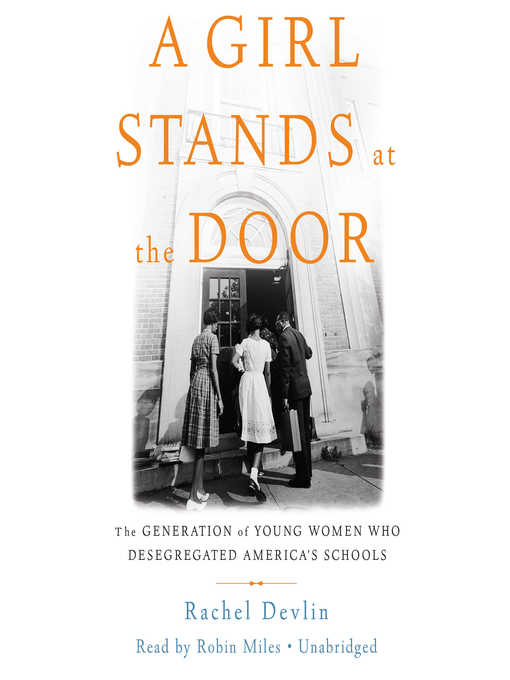
A Girl Stands at the Door
The Generation of Young Women Who Desegregated America's Schools
فرمت کتاب
audiobook
تاریخ انتشار
2018
نویسنده
Robin Milesناشر
Hachette Book Groupشابک
9781549199561
- اطلاعات
- نقد و بررسی
- دیدگاه کاربران
نقد و بررسی

Robin Miles narrates this history of the desegregation of education in America, which is largely a story of girls and young women whom history has pretty much ignored. Miles's portrayal of Lucille Bluford illustrates her persistence and dedication as she applied 11 times to the graduate journalism program at the University of Missouri and then sued them, only to be told that black students were restricted to a separate school that had no journalism program. Miles portrays the conviction of many of the girls who were plaintiffs in the landmark Supreme Court case Brown v. Board of Education--as well as some of the plaintiffs whose cases preceded, and were overturned by, Brown. Miles adopts an easy, conversational manner, making this scholarly work accessible. J.E.M. � AudioFile 2018, Portland, Maine

March 26, 2018
In this accomplished history of the school desegregation fight from the late 1940s through the mid-1960s, Devlin, a Rutgers University associate professor, offers a cogent overview of the legal strategies employed and delves into the stories of the African-American girls (and their families) who defied the ignominious public school systems of the Jim Crow South. After the landmark Supreme Court cases that broke down racial barriers in graduate education, families of school-aged girls in several states launched full-scale desegregation battles in elementary and secondary schools. The NAACP’s Legal Defense Fund held off taking the grade school cases as long as possible because they intended to focus on colleges and high schools first, but eventually succumbed to grassroots pressure. Like many civil rights pioneers, the girls—such as Nancy Todd, whose straight-A grades were lowered in retaliation for her parents’ activism, and Barbara Johns, who organized a student walkout to protest conditions in her high school—were selected as plaintiffs not only for their academic achievements but for their ability to stand firm in the face of white harassment. Devlin also illuminates various cultural facets of the fight, from the school clothes the students wore and tactics they used to handle verbal and physical harassment to the roles of fathers and white supporters in the movement. In an invaluable postscript, Devlin recounts what happened to some of the “firsts” later in life. The telling at some points lacks verve, but Devlin’s use of diverse secondary and primary sources, including her own interviews with some of the surviving women, bring fresh perspectives. This informative account of change-making is well worth reading.




دیدگاه کاربران